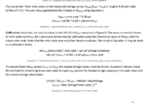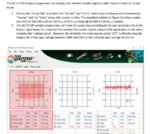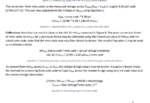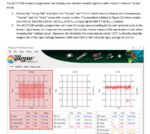nis2311
Member level 2
Hi,
i am trying to communicate with ACS71020 using I2C communication Basically I2C need Slave address. I want to know default slave address for the ACS71020KMABTR-090B3-I2C. In datasheet also not mentioned about default slave address.
i am trying to communicate with ACS71020 using I2C communication Basically I2C need Slave address. I want to know default slave address for the ACS71020KMABTR-090B3-I2C. In datasheet also not mentioned about default slave address.









